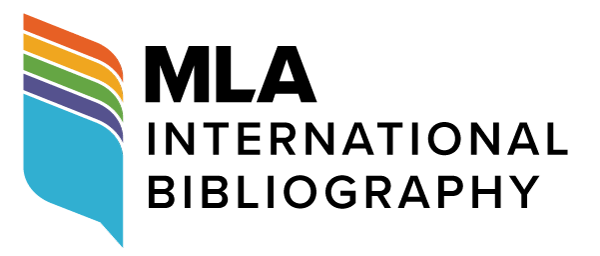Contextual Prosodic Theory Applied to English-Serbian Poetic Translation
DOI:
https://doi.org/10.18485/bells.2020.12.10Keywords:
corpus stylistics, Contextual Prosodic Theory, collocation, semantic prosody, corpus-derived subtext, poetic translationAbstract
The paper focuses on two rival translations of Shakespeare’s Sonnet 129 into Serbo-Chroatian (Hlebec 1987). The translator provides Version A, which faithfully conveys the stylistic nuances of the original, and is aimed to be appreciated by a sensitive reading public, and Version B, which the translator calls “adulterated”, but believes to be more accessible to a wider audience. However, he feels that Version B is “somehow more likeable” (Hlebec, personal communication). This impression was shared by all seven educated native speakers of Serbian consulted, among whom were three third-year students of English. Using Contextual Prosodic Theory and the Corpus of Contemporary Serbian, the paper sets out to explain this impression. The results suggest that syntactic patterns in Version A, being closer to the English original than in Version B, may impede comprehension, and that certain lexical items may not chunk the same states of affairs in Serbian as their English equivalents do in English. A representative poetry corpus must be created in order to verify Hlebec’s view (personal communication) that syntax employed in Version A is characteristic of Serbian poetry and therefore appropriate in poetic translation.
Downloads
References
Downloads
Published
Issue
Section
License

This work is licensed under a Creative Commons Attribution-ShareAlike 4.0 International License.
Authors who publish with this journal agree to the following terms:
- Authors are confirming that they are the authors of the submitting article, which will be published (print and online) in Belgrade English Language and Literature Studies by the Faculty of Philology, University of Belgrade (Faculty of Philology, Studentski trg 3, 11000 Belgrade, Serbia). Author’s name will be evident in the printed article in the journal. All decisions regarding layout and distribution of the work are in hands of the publisher.
- Authors guarantee that the work is their own original creation and does not infringe any statutory or common-law copyright or any proprietary right of any third party. In case of claims by third parties, authors commit their self to defend the interests of the publisher, and shall cover any potential costs.
- Authors retain copyright and grant the journal right of first publication with the work simultaneously licensed under a Creative Commons Attribution-ShareAlike 4.0 International License that allows others to share the work with an acknowledgement of the work's authorship and initial publication in this journal.
- Authors are able to enter into separate, additional contractual arrangements for the non-exclusive distribution of the journal's published version of the work (e.g., post it to an institutional repository or publish it in a book), with an acknowledgement of its initial publication in this journal.
- Authors are permitted and encouraged to post their work online (e.g., in institutional repositories or on their website) prior to and during the submission process, as it can lead to productive exchanges, as well as earlier and greater citation of published work.




